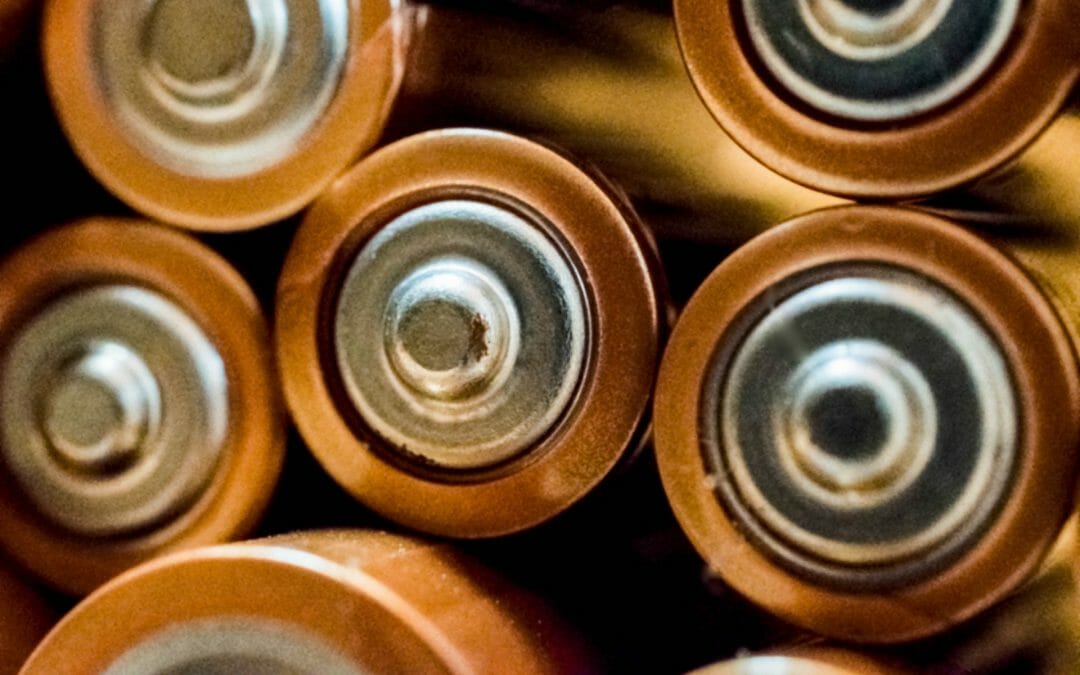With all the stormy weather lately we thought its important to ensure you are protected from power surges and even power outages with the right UPS. A UPS is a Uninterruptable Power Supply, which will power your equipment when there is a power failure. As well the need for having a suitable backup of your system and data, blackouts and power outages (and the data loss they cause) can happen anywhere, any time. In addition to regular backups, for key equipment, you should be concerned about keeping power going to your PC during its normal operation.
A UPS provides battery power to your system for as long as an hour, which is more than enough time for you to save your data and shut down your system. A UPS plugs into the wall (and can act as a surge suppressor), and your computer and monitor plug in to outlets on the rear of the UPS.
Electronic circuitry in the UPS continually monitors AC line voltage; should that voltage rise above or dip below predefined limits or fail entirely, the UPS takes over, powering the computer with its built-in battery and cutting off the computer from the AC wall outlet.
Select your UPS type
There are commonly two types of UPS;
Line Interactive
These are the most common and cheapest units, they work by detecting a variation on the input power and when a change happens that is outside the threshold the UPS will switch on and the equipment will operate on the batteries.
Online
An online UPS differs from the Line Interactive units by always operating on the battery power, which effectively provides some electrical isolation. Online UPS’es are generally more expensive but their batteries will tend to last longer. In most cases the Line Interactive model will be acceptable.
Choosing the right Capacity
You next need to choose the right capacity; the higher the capacity the longer the equipment will run on the batteries. UPS capacity is measured in kVA which is simply 1,000 volt amps. A volt is electrical pressure while an amp is electrical current. The higher the kVA value the more power the unit has. For a standard home or office PC a UPS capacity in the range of 650VA to 1000VA is quite acceptable. If you are running more equipment or servers (like a business) you might need to use a 2000VA (which is 2kVA) or higher.
Ensure the UPS is monitored
Having a UPS monitored means the unit is connected to the PC or Server, and in the event of a power failure the PC will automatically shut down once the battery life of the UPS is running flat. Usually this can be configured so that when there is only 2-3 minutes of power left the PC is shutdown to prevent losing power (and possibly data).
So if you’re in need of some help with planning some upgrades, or even just some free friendly advice, get in touch with us, 6-370 8093.

